



Fife | 1657
Denboig is a rural parish in the north of Fife near to the River Tay. Also known as Dunbog or Dunboig the area takes its name from the Gaelic Dùn Bolg, meaning bag-like or rounded hill which is a prominent feature in the landscape.
The monks of the Abbey of Balmerino also had a small building here called the preceptory of Gadvan, and it is presumed they farmed the land around it. The manor house of Denboig was later built on this site.
1855 OS map, Fife, Sheet 5. Reproduced with the permission of the National Library of Scotland (CC-BY NLS).
It has long been believed that the present house at Denboig was either erected or lived in by the famous Cardinal Beaton of St Andrews who was of the Beaton of Balfour line. However, this branch of the family only came to hold the estate more than a century after his death in 1546.
Dunbog church © 2013 Richard Webb (CC BY-SA 2.0)
and were erected to a barony for George Bannerman, an advocate who rose to be solicitor to King Charles II. In the 1690s, the estate passed to Major Henry Balfour of Starr. In 1703, Balfour of Dunbog was elected a Commissioner for the Barons of Fife in Parliament, and while sitting in Parliament, he opposed the union with England which was eventually passed in 1707. Like many who opposed the union, Dunbog joined the Jacobite Rising of 1715, which fought to re-establish the House of Stuart.
Dunbog windmill © 2016 David (CC BY-SA 2.0)
A famous member of the family was Major General Nisbet Balfour of Dunbog who fought in the American War of Independence and in the Napoleonic Wars. In 1766, Denboig passed from the Balfours to Sir Lawrence Dundas, Baronet. Dundas served as an MP, Vice Admiral of Shetland and Orkney, Commissary General and a contractor to the British Army.
View to Dunbog Hill and windmills © David (CC BY-SA 2.0)
His son, Lawrence Dundas, was also an MP, Vice Admiral of Orkney and Shetland, and Lord Mayor of York, and was created Earl of Zetland in 1838. Lawrence Dundas, 3rd Earl of Zetland, was an MP, Lord Lieutenant of Ireland, and in 1892 was created Marquess of Zetland. The lands and Barony of Denboig remained with the family into the twentieth century as they continued to be active in the British military and political life. The barony is presently held by Kenneth MacLean.







Fife | 1657
Denboig is a rural parish in the north of Fife near to the River Tay. Also known as Dunbog or Dunboig the area takes its name from the Gaelic Dùn Bolg, meaning bag-like or rounded hill which is a prominent feature in the landscape.
The monks of the Abbey of Balmerino also had a small building here called the preceptory of Gadvan, and it is presumed they farmed the land around it. The manor house of Denboig was later built on this site.
1855 OS map, Fife, Sheet 5. Reproduced with the permission of the National Library of Scotland (CC-BY NLS).
It has long been believed that the present house at Denboig was either erected or lived in by the famous Cardinal Beaton of St Andrews who was of the Beaton of Balfour line. However, this branch of the family only came to hold the estate more than a century after his death in 1546.
Dunbog church © 2013 Richard Webb (CC BY-SA 2.0)
and were erected to a barony for George Bannerman, an advocate who rose to be solicitor to King Charles II. In the 1690s, the estate passed to Major Henry Balfour of Starr. In 1703, Balfour of Dunbog was elected a Commissioner for the Barons of Fife in Parliament, and while sitting in Parliament, he opposed the union with England which was eventually passed in 1707. Like many who opposed the union, Dunbog joined the Jacobite Rising of 1715, which fought to re-establish the House of Stuart.
Dunbog windmill © 2016 David (CC BY-SA 2.0)
A famous member of the family was Major General Nisbet Balfour of Dunbog who fought in the American War of Independence and in the Napoleonic Wars. In 1766, Denboig passed from the Balfours to Sir Lawrence Dundas, Baronet. Dundas served as an MP, Vice Admiral of Shetland and Orkney, Commissary General and a contractor to the British Army.
View to Dunbog Hill and windmills © David (CC BY-SA 2.0)
His son, Lawrence Dundas, was also an MP, Vice Admiral of Orkney and Shetland, and Lord Mayor of York, and was created Earl of Zetland in 1838. Lawrence Dundas, 3rd Earl of Zetland, was an MP, Lord Lieutenant of Ireland, and in 1892 was created Marquess of Zetland. The lands and Barony of Denboig remained with the family into the twentieth century as they continued to be active in the British military and political life. The barony is presently held by Kenneth MacLean.








Contact
Forum for the Scottish Baronage, c/o Brodies LLP, Capital Square, 58 Morrison Street, Edinburgh EH3 8BP, Scotland UK
Copyright
Copyright 2022, Forum for The Scottish Baronage, as a collective work, all additional rights to content contributed and/or licensed contained herein are expressly reserved to such contributors and licensors as independently owned and protected copyrighted works.




